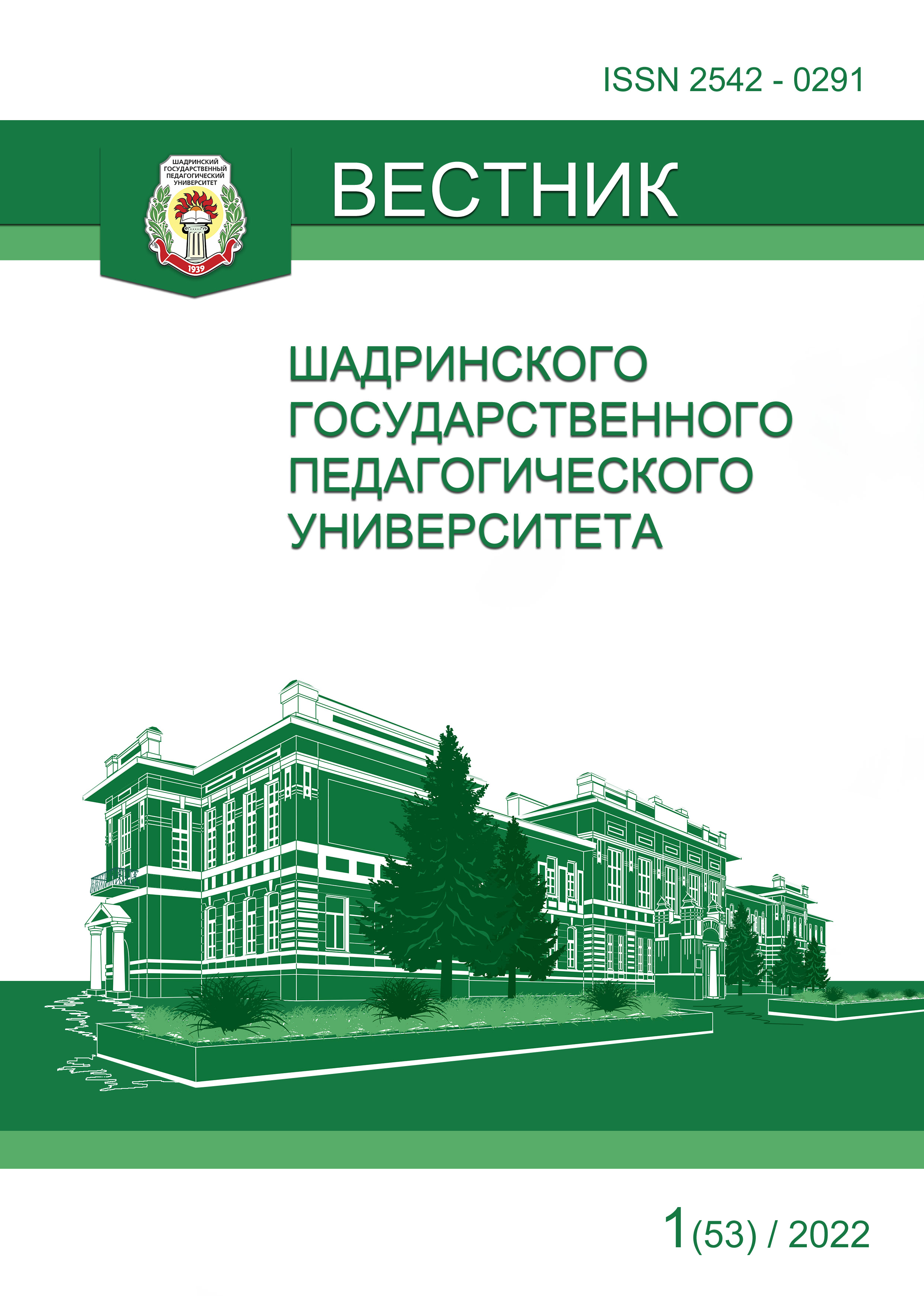Педагогические условия реализации интерактивности в цифровой среде вуза
The pedagogical conditions for implementing interactivity in the digital learning environment of higher education
Аннотация
В статье рассматривается комплекс педагогических условий реализации интерактивности как одного их эффективных ресурсов образовательного процесса в условиях цифровой среды. Автор обосновывает основные факторы применения интерактивности в организации учебно-познавательной деятельности обучающихся в условиях цифровой среды, выделяет особенности данного феномена как субъектного взаимодействия участников образовательного процесса в разных режимах работы. Выделены и описаны необходимые и достаточные педагогические условия реализации интерактивности: трансформация роли преподавателя в образовательном процессе в цифровой среде, организация комфортного цифрового образовательного пространства, реализация многообразия интерактивных методов представления информации, форм деятельности в цифровой среде. В контексте описания педагогических условий большое значение придается изменению роли педагога, его функций в организации образовательной деятельности, готовности и способности применять цифровую компетентность в современном образовательном цифровом пространстве на основе разнообразных интерактивных методов обучения. В качестве примера приводится метод «Открытых инноваций». В заключении автор делает вывод о том, что данные педагогические условия реализации интерактивности позволяют сделать образовательный процесс в цифровой среде мотивированным, продуктивным, эмоционально насыщенным, личностно-развивающим.
Abstract: The paper examines the pedagogical conditions for implementing the interactivity as one of the effective teaching and learning resources in the modern digital learning environment of higher education. The author substantiates the main factors of the interactivity implementation in learning and cognitive activity of students in the digital environment, highlights the pedagogical features of this phenomenon as a subjective interaction of participants in the teaching and learning process in different modes of collaboration. The pedagogical conditions for implementing interactivity have been determined as necessary and sufficient: the transformation of the teacher's role in the teaching and learning process in the digital environment, the creation of a comfortable digital learning ecosystem, the diverse application of interactive technologies in the digital environment. By describing the pedagogical conditions, great emphasis was placed on the transformation of the pedagogue’s role, his functions in the organization of educational activities, and ability to apply digital competence in the new digital learning environment based on a variety of interactive teaching methods. The method of "Open Innovation" has been given as one of the examples. In conclusion the author points out that the pedagogical conditions of the interactivity implication allow the pedagogue to improve standards of the teaching and learning process in the digital learning environment by making it more motivated, productive, emotional and person-oriented.






